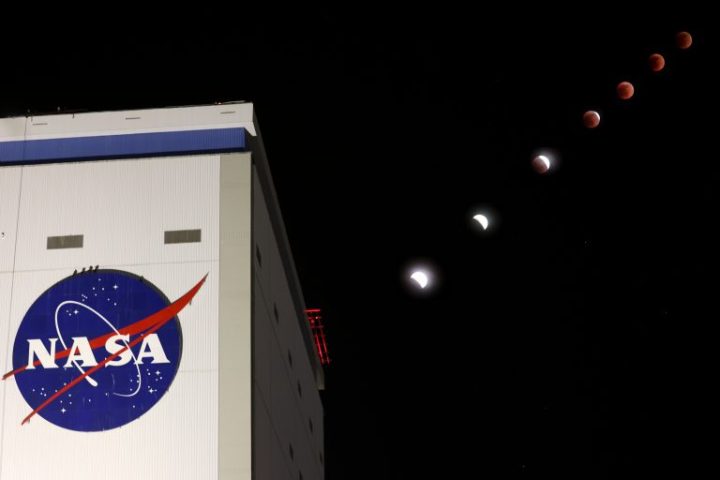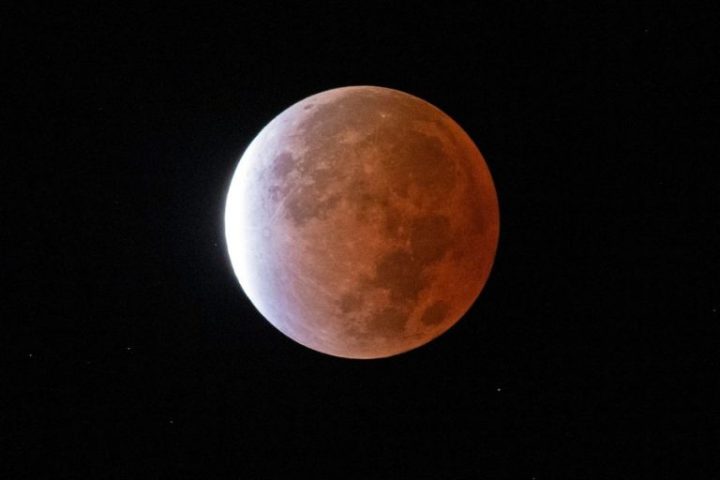A few weeks ago a partial solar eclipse was visible across parts of Europe, Africa, and Asia, and now it’s the turn of North America, South America, and Australasia to enjoy a spectacle of the skies. This week will see a total lunar eclipse visible in parts of these regions, giving you the last chance to catch a total lunar eclipse until 2025.
If you’re up for a spot of stargazing, we have details on how to watch the eclipse below.
What to expect from the lunar eclipse

A lunar eclipse happens when the Earth is directly in between the sun and the moon. That means that the light coming from the sun gets blocked by the Earth, casting the moon in shadow. As the shadow moves across the moon it creates a dark shape called an umbra, where light is completely blocked, and also an area called the penumbra where light is partially blocked.
This has some fascinating effects on how the moon appears in the sky. You’ll be able to see more stars which are located close to the moon because they aren’t blocked out by its glare, and the moon will appear red because of the refraction of light passing through Earth’s atmosphere. According to Sky & Telescope, this is also a great time for looking out for planets like Uranus which may be visible if you have binoculars, because it is at its closest and brightest around the night of the eclipse.
You may even catch some meteors whizzing by which will be more visible with less light from the moon.
How to watch the lunar eclipse

The lunar eclipse will occur on Tuesday, November 8, and will be visible in Northern America in the early morning, weather permitting. Later in the day it will be visible in South America, then in the early evening it will be visible in parts of Asia and then Australasia. For details of what parts of the event will be visible in what time zones, check out Sky & Telescope’s table showing viewing times.
You don’t need any special equipment to view the lunar eclipse, though if you have binoculars or a telescope this is a great excuse to make use of them. Wrap up warm and head to an area with as little light around you as possible for the best view of the skies.



